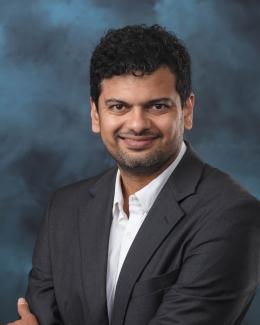Abstract
Hybrid manufacturing integrates additive manufacturing (AM) and subtractive manufacturing in the same machine. The integration of the two processes enables the creation of complex geometry, further reduces material waste, and decreases lead time. Moreover, this in-envelop method enables an interleaved printing strategy in which the part is partially AM printed and then machined repeatedly. This method is not available in either traditional manufacturing or AM technologies. Nevertheless, measuring and controlling of distortion and residual stress are still challenging due to highly varying process conditions and limited access to the machine during hybrid additive/subtractive manufacturing processes. Moreover, the residual stress measurement is ex-situ process, so it only gives information at the final stage of stress evolution. Therefore, it’s nearly impossible to know the AM induced residual stress distribution before the machining process in hybrid additive/subtractive process. In this prospective, numerical modeling can be an effective tools to overcome those challenges. However, the modelling/simulation methods for fully-coupled additive and subtractive operation has not reported to the best of our knowledge. In this work, we developed a comprehensive simulation method using finite element method (FEM) for fully-coupled additive and subtractive manufacturing process. The results were validated with strain measurements by neutron diffraction in two different machining conditions: hot-machining and cold-machining. The validated model was used to investigate how machining affects part distortion and evolution of residual strain/stress during fabrication. Alternating tensile-compression longitudinal (ε11, x-direction) strains and stresses along the build direction showed the physical interaction of additive and subtractive steps in the interleaved strategy. The alternating pattern was found in both the model and neutron diffraction measurements. This work’s findings can be used to develop strategies to control of part distortion and residual stresses in the hybrid additive/subtractive manufacturing process.







